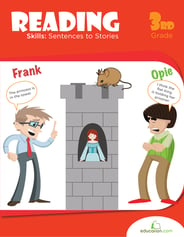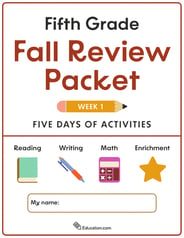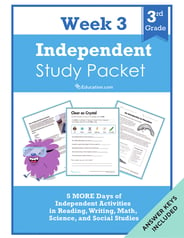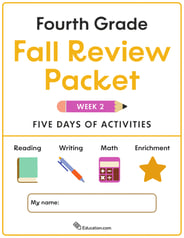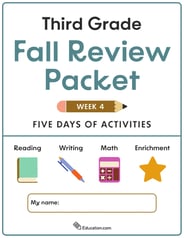- Worksheets
- Games
- Lesson Plans
- Workbooks
- Exercises
- Science Projects
- Skills Progression
- More
Search Simile Educational Resources
52 filtered results
52 filtered results
Similes
Sort by

Figurative Language
Guided Lesson
Figurative Language
As students begin to read more sophisticated texts, understanding how authors use figurative language becomes critical. In this unit, students will revisit some of the figurative language they learned in fourth grade and also study some new ones too, including onomatopoeia, hyperbole, puns and oxymorons. Analyzing how figurative language is used in texts will help readers apply what they have learned.
5th grade
Reading & Writing
Guided Lesson
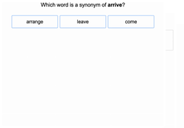
Word Meaning 1
Guided Lesson
Word Meaning 1
This year, third graders will be taking their vocabulary to new heights and exploring such concepts as metaphor, simile, hyperbole, and personification. This guided lesson in vocabulary and figurative language offers clear and practical definitions of new words and expressions, along with plenty of practice opportunities. Understanding vocabulary and figurative language deepens reading comprehension skills and enriches the writing process.
3rd grade
Reading & Writing
Guided Lesson

Word Meaning 2
Guided Lesson
Word Meaning 2
Words are the wondrous building blocks in language. This unit increases students’ word knowledge by introducing more challenging vocabulary and exploring how words are related. Learners will also discover some of the ways words are constructed using derivational root words, prefixes, suffixes, and compound words. Students will get to explore and create fun literary devices such as similes, idioms and metaphors.
4th grade
Reading & Writing
Guided Lesson

Fall Figurative Language Task Cards
Worksheet
Fall Figurative Language Task Cards
Ideal for fourth and fifth graders, this worksheet includes figurative language examples and definitions on the first page, and a second full page of questions and tasks that can be used to check for understanding.
4th grade
Reading & Writing
Worksheet


